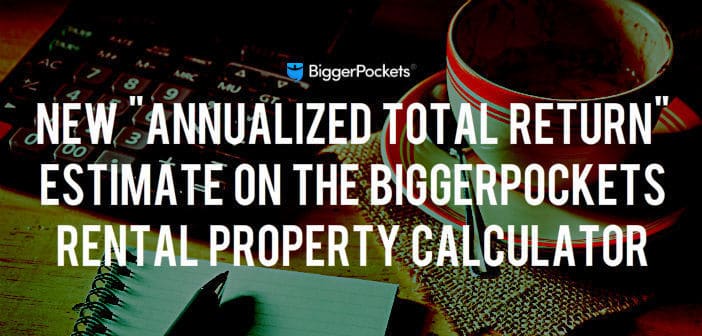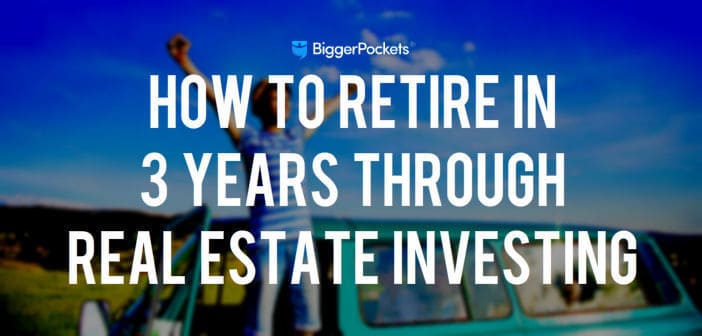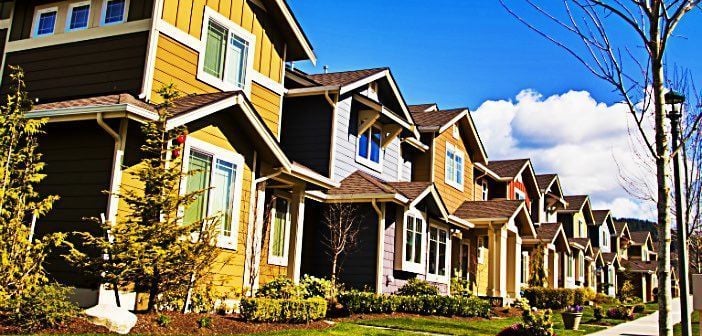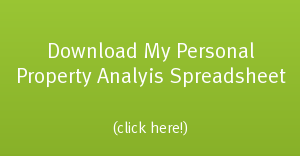
I’d like to say I did this deal with “no money down,” but technically that would be a lie.
Because I spent exactly $1.00 on this property to acquire AND rehab the property.
That’s right. I purchased the property and am in the process of rehabbing it all using no money of my own.
And ultimately, this property is going to provide hundreds of dollars a month in cash flow and entirely pay for my newborn daughter’s college education.
The goal of this post is to explain, in detail, how I did it.
Ready?
But first, two-disclaimers.
Two Disclaimers
There are two dangers present every time I tell a detailed story of how I bought a property.
First, some people invariably think that I’m giving out some “formula” that must be followed. They’ll ask me questions like, “But what if I can’t find a fourplex?” Or they’ll say, “I don’t have a private lender like that.” Then, they shut off their brain because they don’t believe that they can follow this exact formula.
But here’s the deal: I’m not telling you a formula, a recipe, or a step-by-step list of tasks for you to complete. Every single deal is different! So don’t get hung up on trying to copy my steps exactly. The goal of this post is not to invite you to copy me — but to spark your own inspiration to go out and put together your own deal.
Second, people look at the price range that I buy in and say, “Prices are so much higher (or lower) in my area — so that doesn’t work for me.”
I believe this is just an excuse for people to be lazy. Because it does work in your area, but again, the formula might be different. I don’t care if the average cost of a house is $30,000 or $300,000 in your area. There are investors making money in your market. So don’t let the low cost of this property fool you into thinking this can’t be done in other price ranges.
Furthermore, as I’ll discuss, I found an INCREDIBLE deal on this property. I work my tail off to find leads (as I’ll explain), and this property is not worth what I paid for it. I got it on sale!
OK, now that we’ve got that out of the way, it’s time to dive into the story of how I acquired a fourplex for just $1. But before I can even tell you about the deal, I need to start at the beginning.
Finding the Property
For years, I used nothing but the MLS to find potential deals. In other words, I simply relied on my real estate agent to bring properties (usually bank repos) to my attention — and I would make an official offer to buy them.
However, over the past year, the MLS has becoming increasingly difficult to find good deals on (or maybe I’m just getting more picky!). Therefore, I needed to find a better way to bring in leads.
Enter: direct mail marketing.
Direct Mail
For those unfamiliar with direct mail, it’s simply the practice of sending out large volumes of mail to property owners asking to buy their properties. Of course, most of that mail is simply ignored, but a small percentage do actually call because they need to sell — which is the case with this fourplex. But I’m getting ahead of myself.
Direct mail marketing begins with the list of names and addresses you are going to mail to. While you could simply mail to every person in your target market, I wouldn’t advise it! Instead, you want to focus on people who might be most intent on selling their property to you. (For more on direct mail, don’t miss “The Ultimate Guide to Using Direct Mail Advertising to Grow Your Real Estate Business.” It’s even longer than this post!)
Related: The Power of Private Financing: 3 No Money Down Strategies That Actually Work
For this particular deal, I purchased my list from ListSource.com, probably the most popular list broker on the web. I chose the following criteria:
My Whole County
Total Assessed Value: $50,000-$200,000
Equity: 30% to 100%
Length of Residence: Greater than Four Years
Absentee Owner In-State & Out-of-State
Exclude Trust and Corporate-Owned
For me, the list came to 1,864 unique names, which I paid $326.20 to download — or roughly $.18 per name.
Quick Tip Lesson Learned: Once I opened up the list in Microsoft Excel, I realized I had wasted some money because well over half the properties were located in the city of Ocean Shores, Washington or Westport, Washington, and I don’t buy there. So, I should have excluded the zip codes for the cities that I do not buy in, which would have saved me some cash on the purchase.
So, in the end, I actually ended up with just over 600 names on my list.
I call these leads my “raw leads.” It means leads that I’ve put into my system but are not yet “activated.” The owner has not yet showed any interest in buying them. Raw leads are important, but next it’s time to get the owners to talk with me, turning the raw leads into hot leads.
To do that, it was time to mail the letters to the names on the list. I decided to send to 300 to start with, and the other 300 I would mail to a few weeks later — so to break up the number of phone calls I would receive.
So, it was time to write 300 letters. While I could have done this by hand, that just didn’t sound fun. So instead, I created my own handwritten font online and used that to print out “handwritten” letters and envelopes. For a step-by-step guide on how I did that, be sure to read “How to Create Your Own Handwritten Font For Free (For Direct Mail Marketing).”
My letter was simple, stating:
(Click to read on BiggerPockets…)
P.S. looking for hard money loans in California? Be sure to check out my friends over at northcoastfinancialinc.com. They have very competitive rates, can fund within a week and specialize in fix and flip loans and other hard money loans.

 Preposterous!
Preposterous!
 If this is your first time here at Real Estate In Your Twenties.com - welcome!
If this is your first time here at Real Estate In Your Twenties.com - welcome! 





